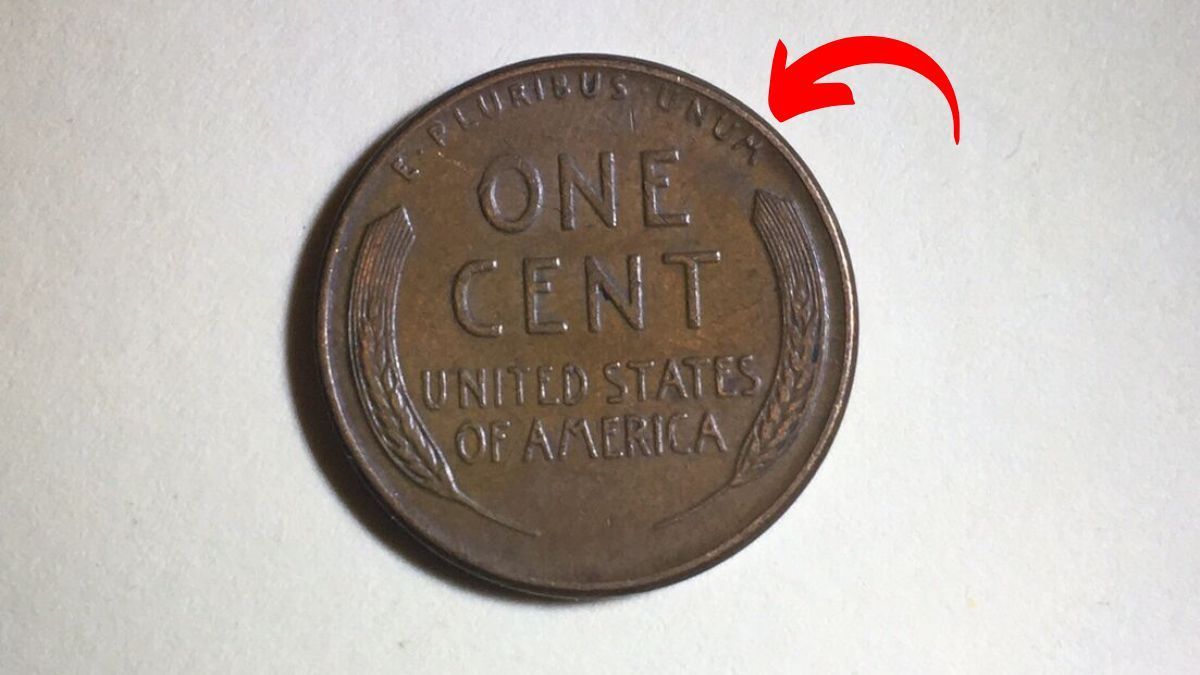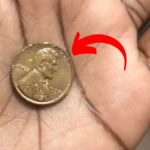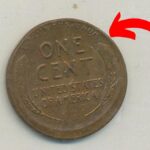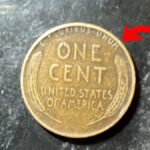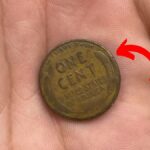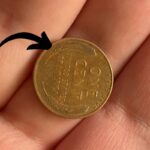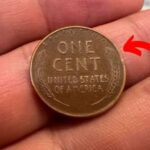Lincoln Wheat Penny Valued at $1.3 Million: Did you ever imagine that a simple penny in your pocket could be worth more than a luxury car or even a house? It sounds unbelievable, but some rare Lincoln Wheat Pennies have sold for astonishing amounts, with one particular penny reaching a value of $1.3 million. These valuable treasures sometimes remain hidden in plain sight, circulating among regular coins while their owners remain unaware of their true worth.
The world of coin collecting holds many surprises, and perhaps none is more exciting than the possibility of finding an extremely valuable penny among your everyday change. Collectors and enthusiasts constantly search for these rare coins, hoping to discover a life-changing treasure. Let’s explore what makes certain Lincoln Wheat Pennies so incredibly valuable and how you might identify one in your own collection.
The History of Lincoln Wheat Pennies
The Lincoln Wheat Penny first appeared in American pockets in 1909 and continued to be produced until 1958. These distinctive coins feature Abraham Lincoln’s portrait on the front side and two wheat stalks on the back, which gave them their popular name. This penny design holds historical significance as it was the first U.S. coin to feature the likeness of a real person rather than the symbolic figures used previously.
The designer, Victor David Brenner, created what would become one of America’s longest-running coin designs. For nearly fifty years, these pennies were minted in enormous quantities, with billions entering circulation. Despite their once-common status, certain rare variations have become highly coveted by collectors and investors alike.
What Makes Certain Pennies Worth Millions?
The most valuable Lincoln Wheat Penny ever sold—the 1943 Bronze Lincoln Penny—fetched an incredible $1.3 million. But what makes this particular coin so special? The answer lies in a fascinating wartime mistake.
During World War II, copper was needed for the war effort, so the U.S. Mint switched to making pennies from zinc-coated steel in 1943. However, a tiny number of bronze planchets (the metal discs used to stamp coins) were accidentally left in the presses. The resulting bronze pennies from 1943 became some of the rarest U.S. coins ever produced, with only about 20 known to exist.
Other factors that contribute to a penny’s value include its overall rarity, the presence of minting errors, historical significance, and its physical condition. Collectors use a grading system to evaluate coins, with perfect specimens (graded MS-65 or higher) commanding substantially higher prices than those showing wear and tear.
How to Spot a Valuable Lincoln Wheat Penny
Identifying a potentially valuable penny requires careful attention to several key details. First, check the date—certain years like 1909, 1914, 1922, and 1943 are particularly significant for collectors. The 1943 bronze penny is among the most valuable, and you can perform a simple test to identify it: if your 1943 penny doesn’t stick to a magnet, it might be the rare bronze version rather than the common steel one.
Next, examine the coin for mint marks—small letters indicating where the coin was produced. Pennies were minted in Philadelphia (no mark), Denver (D), and San Francisco (S), with certain combinations of years and mint marks being exceptionally rare. The 1909-S VDB penny, featuring the designer’s initials and minted in San Francisco, can be worth up to $100,000 in excellent condition.
The overall physical state of the coin matters tremendously. Coins with minimal wear, clear details, and original luster are far more valuable than those that have been heavily circulated. If you believe you’ve found a rare penny, consider having it authenticated by professional grading services like PCGS or NGC, which can verify its authenticity and condition.
Other Highly Sought-After Lincoln Wheat Pennies
While the 1943 bronze penny stands as the most valuable, several other Lincoln Wheat Pennies command impressive prices. The 1909-S VDB penny, one of the first Lincoln pennies ever minted and produced in limited quantities, can fetch up to $100,000 in perfect condition. The 1914-D (Denver mint) is another prize for collectors due to its low mintage, with values ranging from $5,000 to $100,000 depending on condition.
Another notable rarity is the 1922 “No D” Lincoln Penny. This error occurred when the Denver mint mark was accidentally omitted from some coins, creating a variety that collectors eagerly seek. Even in moderate condition, these pennies can be worth thousands of dollars.
Could You Have a Fortune in Your Change Jar?
What makes the story of Lincoln Wheat Pennies so compelling is that some of these valuable coins remain in circulation today. Many people don’t recognize the potential value of old pennies, so they continue to spend them or keep them in jars without realizing their worth. Experienced collectors routinely search through rolls of pennies from banks, hoping to find these hidden treasures.
While finding an extremely rare variant like the 1943 bronze penny is highly unlikely, discovering other valuable Wheat Pennies remains possible. Taking the time to examine old pennies in your possession could potentially lead to an unexpected windfall.
Disclaimer
This article is provided for informational purposes only and should not be considered financial or investment advice. Coin values fluctuate based on market conditions, demand, and other factors. The valuations mentioned represent historical sales and auction results but do not guarantee similar results for your coins. Always consult with a professional numismatist or coin appraiser before making decisions based on a coin’s potential value. Authentication through recognized grading services is strongly recommended before attempting to sell any potentially valuable coin.
